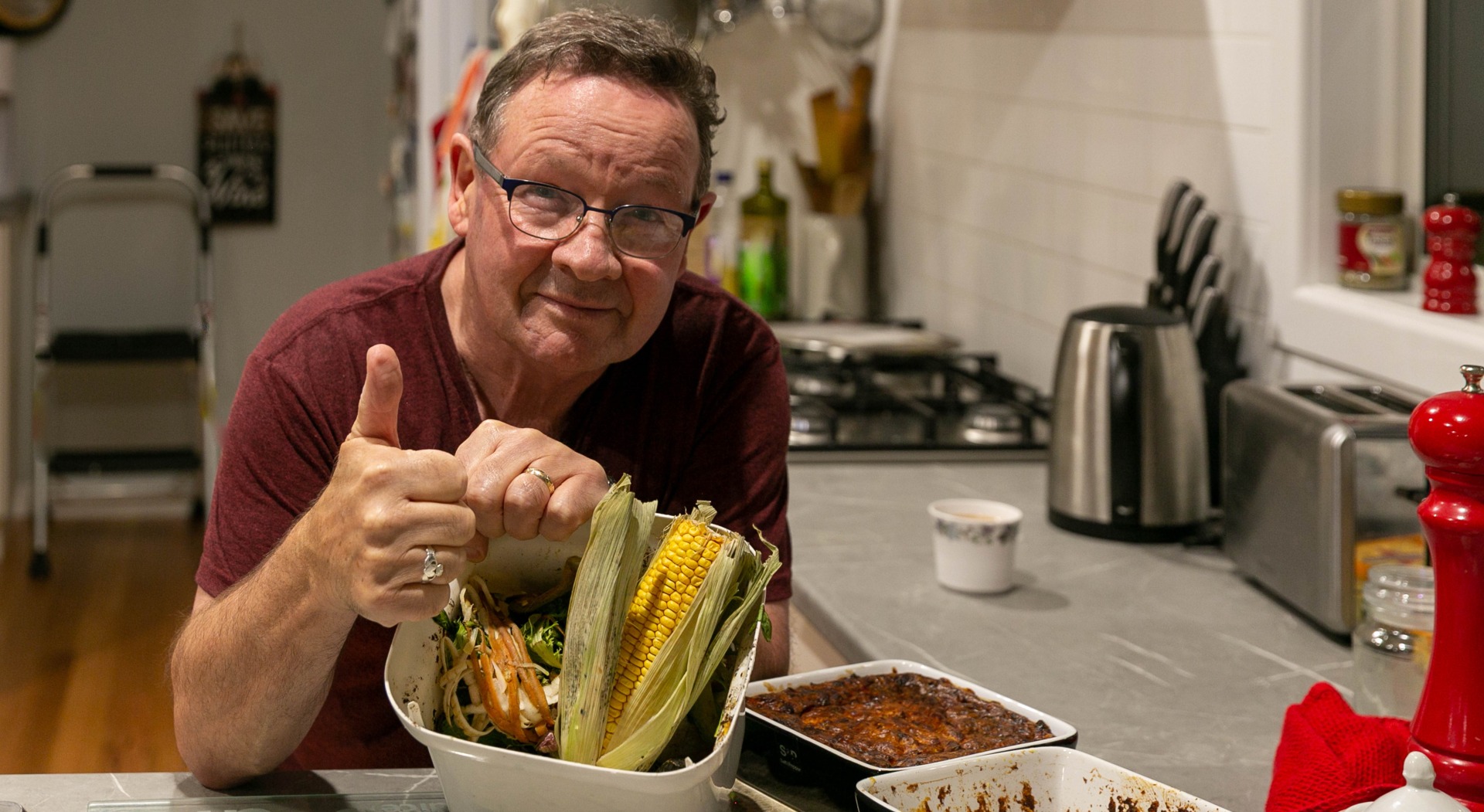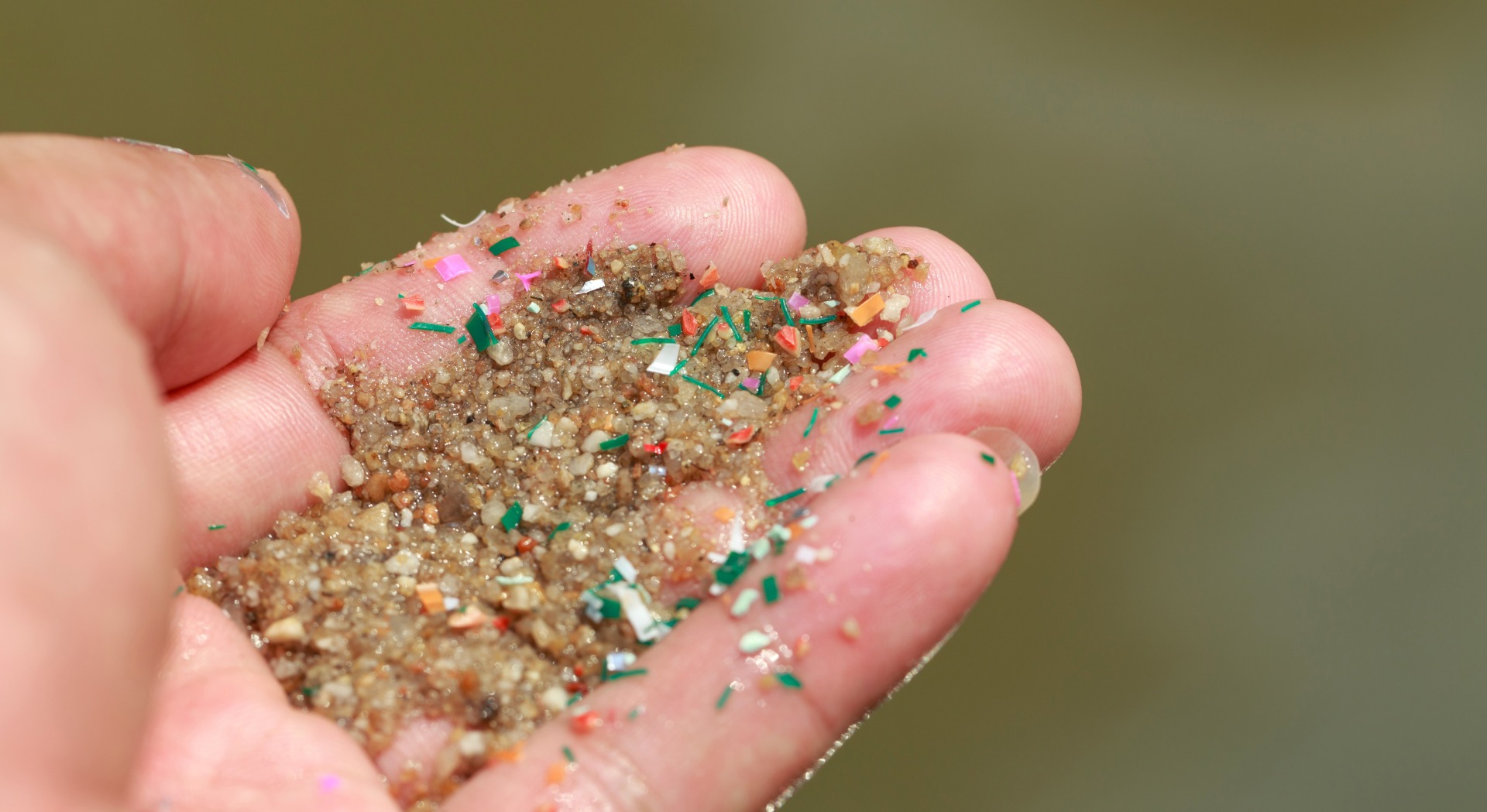By John Pedler
Published: Tuesday, December 12, 2023
Just about anything organic can be deposited in your green bin. Not just lawn clippings and tree prunings, but also food scraps. This includes dairy, meat, bones and fish, as well as greasy pizza boxes and even pet waste.
The latter should preferably be wrapped in newspaper or placed in a compostable bag to prevent odours.
Several councils will provide residents with a free kitchen caddy – a small bin for organics – and/or a roll of compostable bags.

Biodegradable v compostable
Biodegradable doesn’t necessarily mean compostable. Some biodegradable bags can take ages to break down, and like most plastics, they’re often made from petrochemicals.
These products may appear to fully disintegrate, but they can leave behind that environmental scourge of the modern world – microplastics. These tiny particles can take many thousands of years to decompose.
Washed into the oceans, microplastics eventually end up in Sunday arvo’s fish n’ chips. They’ve also been found in drinking water.

Compostable products are made from organic material like cornstarch and sugarcane, and are designed to fully break down in a composting facility. Adding another wrinkle to the issue, compostable bags sent to landfill rather than composting plants will release methane – a nasty greenhouse gas.
This is the case with all organic matter that isn’t properly composted.
The green bin journey
So, where do the contents of the green bin go when they head off in the big truck. Most metropolitan councils send organic waste to either Jeffries or Peats soil and garden supply companies.
The material is sorted and composted using manual labour and technology, to ensure the final soil improvement products are high quality and free of contaminants.
As is common in the recycling world, plastics, nappies and other contaminants are often tossed in the green bin and must be removed. Much of this time-consuming work is done by hand.
Once cleaned and composted, the resultant nutrient-rich soil, compost and mulch is sold to commercial growers and domestic gardeners – and the cycle continues.